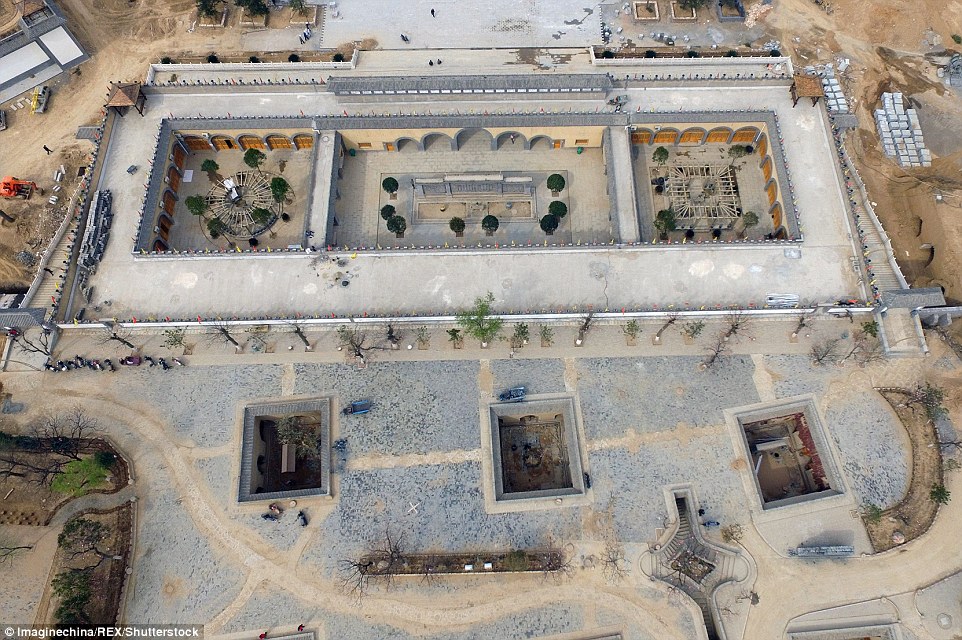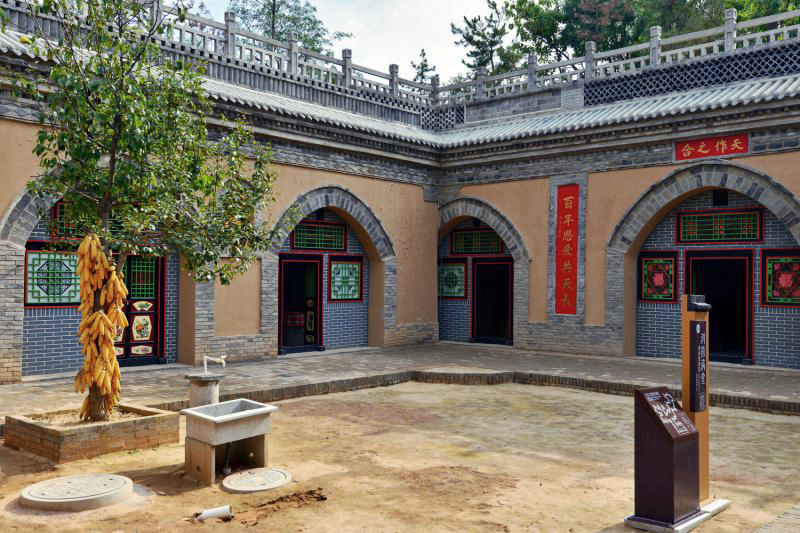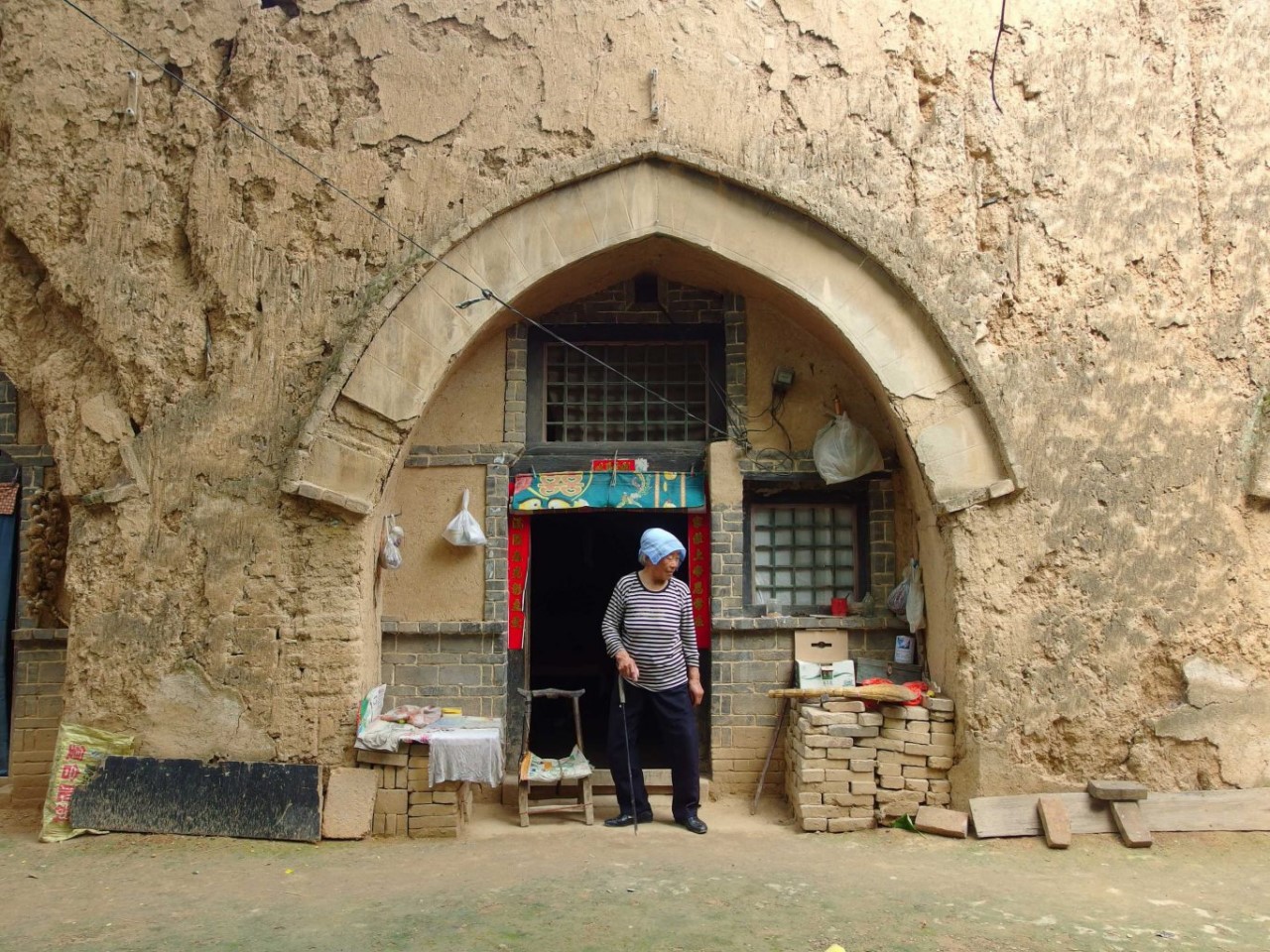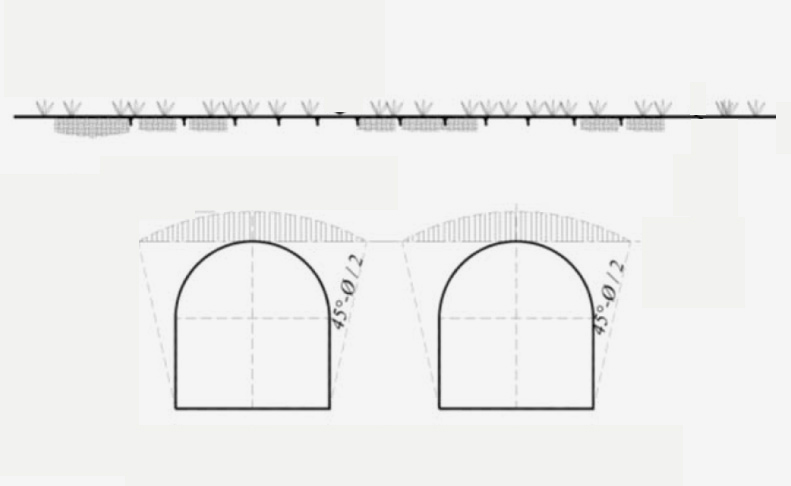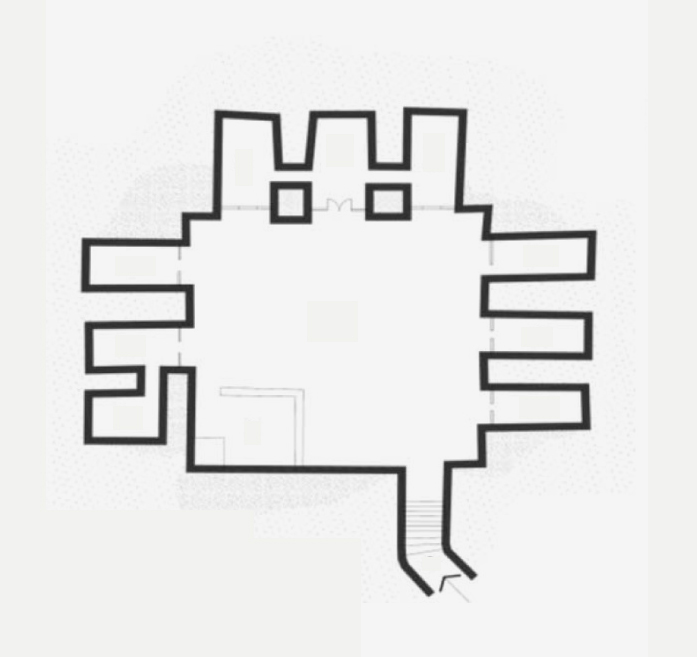L 23 |
Yaodong |
type |
|
place |
Underground cave homes are typical features of the loess plateaux in Shanxi, Shaanxi and provinces in the northern region of China. In Shanxi, Shaanxi and Gansu Provinces, loess was blown along the Yellow River by the winter monsoon from the direction of the Gobi Desert to the area of the former steppes, where the cemented rock formed an easy-to-carve layer. The quadratic areas of the dwellings dug into the ground are grouped around underground courtyards, the pattern of which defines the fabric of the dwelling units. The spread of this fabric is limited by the confines of the loess formations and the riverbank. The cave homes feature 5-10 m areas, 6-8 metres below ground level. They are accessible, receive light and are ventilated from the direction of the courtyards. Their tops double as roofs and as a site for drying crops. Produce dried above was simply and practically placed outside through apertures in the roofs from the storage chambers beneath. It is interesting that the climate of these underground homes is ideal because of the thick protective layer. In most cases, this makes both heating and cooling superfluous. Homes were made waterproof by enveloping them in abode layers and walls. In the courtyard, a well 5-7 metres deep was used to collect rainwater.


